You can get advice from reviews and your friends on choosing a concealed carry gun. But, wouldn’t it be awesome if you could ask experts that perfectly blend the world of performance shooting and practical experience carrying concealed?
That’s exactly what I did as I selected my next carry gun. I found two people with impressive resumes to answer my questions on the pros and cons of different barrel lengths, gun sizes, frame materials, and accessories like red dots sights. Here’s everything I learned from talking to these two bonafide professionals.
The Experts
Hwansik Kim is a professional pistol shooter and instructor who finished second overall at the 2017 and 2018 U.S. Carry Optics Nationals, third overall at the 2020 U.S. Carry Optics nationals, and ninth at the 2022 IPSC Handgun World Championship.
Kent Jefferies spent 21 years in the Secret Service, serving four presidents and as a member of the elite Counter Assault Team. Jefferies then spent 18 years in the Federal Air Marshals, where he led the federal flight deck officer program, which trained pilots to defend the cockpit.
What’s the Best Barrel Length for Concealed Carry?

A 4.25-inch barrel (top) and a 3.1-inch barrel (bottom). Scott Einsmann
Handgun barrel lengths can vary from a 2.5-inch snub nose to a full-sized, 5-inch gun. So how do you choose the right barrel length?
“My approach to concealed carry is to find a firearm that you have confidence in and is convenient for concealability. If it’s easy to carry, you’re more likely to have it with you as much as possible,” Jefferies says.
Jefferies carries a Smith and Wesson M&P Shield with a 3.1-inch barrel. For him, the subcompact size is easy to conceal and comfortable to carry no matter what he’s wearing.
According to Kim, there are some measurable benefits to a longer barrel, though. “When we’re talking about a 4-inch versus a 5-inch barrel, it’s going to make a difference in accuracy at 25 yards and farther,” he says. Kim says that a 4-inch barrel will usually produce a 3 to 4-inch group at 25 yards. But, a 5-inch barrel will usually shoot a 2 to 3-inch group at the same distance. Kim says guns he has shot with barrel lengths shorter than 4-inches have been pickier about ammo they’ll shoot accurately.
He also dispelled the myth that longer barrels have significantly more velocity. “People say a longer barrel will give you a faster velocity, and that is true, but it’s not enough to change the power factor of the ammunition drastically,” he says. Kim said that with his 124-grain practice ammo, he gets 1100 fps from his 5-inch barrel and 1080 fps with a 4-inch barrel.
Frame Size, Material, and Grip
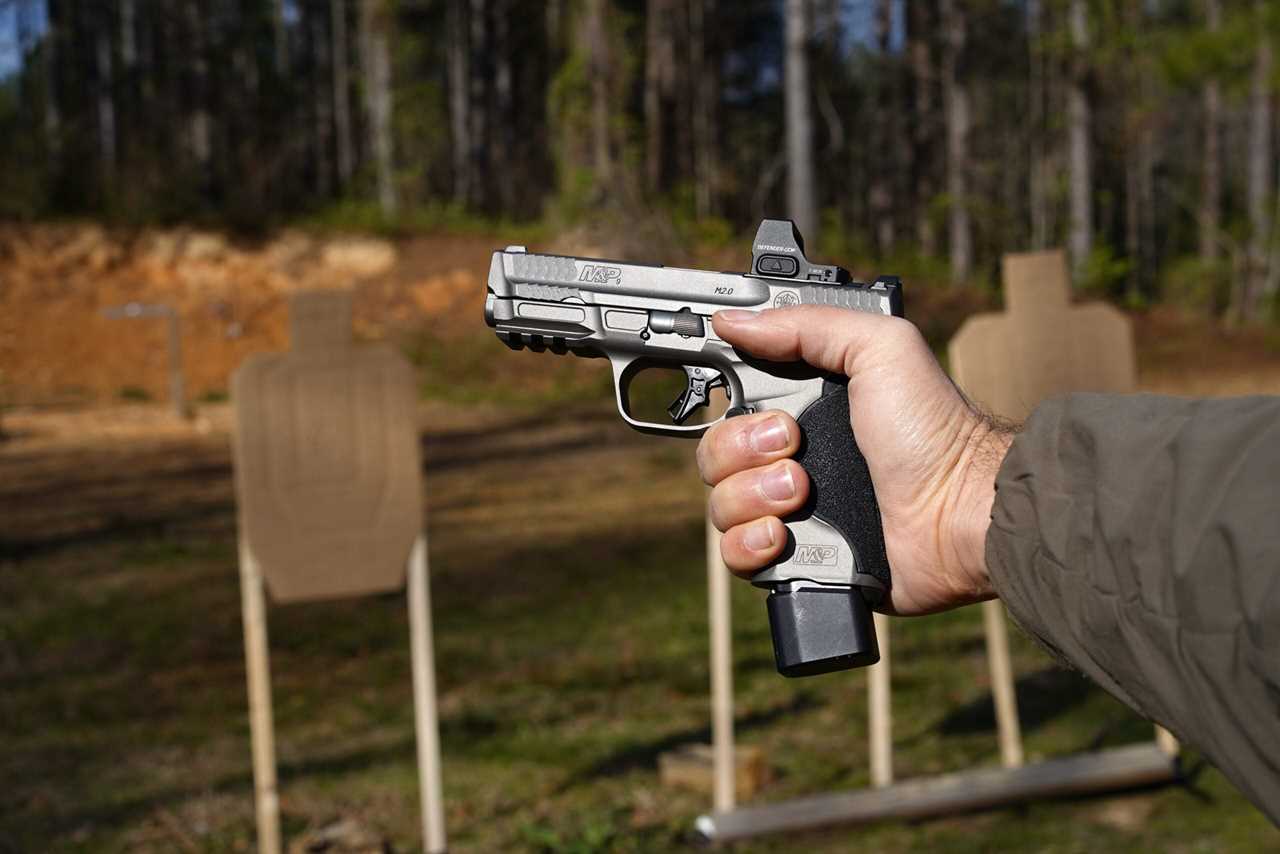
Your gun’s grip must fit your hands.
Once you settle on a barrel length, you have to consider the size of the grip and frame you’d like to shoot.
“Most subcompact guns don’t have a good grip size for adult-male hands,” Kim says. “That’s actually the biggest factor for recoil rather than the barrel length.”
Kim recommends getting the gun in your hands to ensure the size and shape fits you. He also says to look for a gun that’s well textured. “No matter what grip technique you use, the first place you have to have grip texture is the front and back strap of the gun,” he says.
Jefferies says he prefers a shorter grip length for concealability and is fine with the reduced capacity of smaller guns. “I’m not a big believer that more rounds makes a better gun,” he says. “Training and placement is the determiner in a gunfight for me.”
Steel frame guns are heavier than polymer guns, and according to Kim, they might be better for new shooters.
“More weight will mitigate recoil, so your body doesn’t have to work as hard to control it,” he says. “If you have time to practice, and a lot of ammunition, you can learn a grip technique to shoot a polymer gun well. But if you don’t. Learning to shoot a steel gun first is a good idea because it’s not going to kick as much.”
Trigger
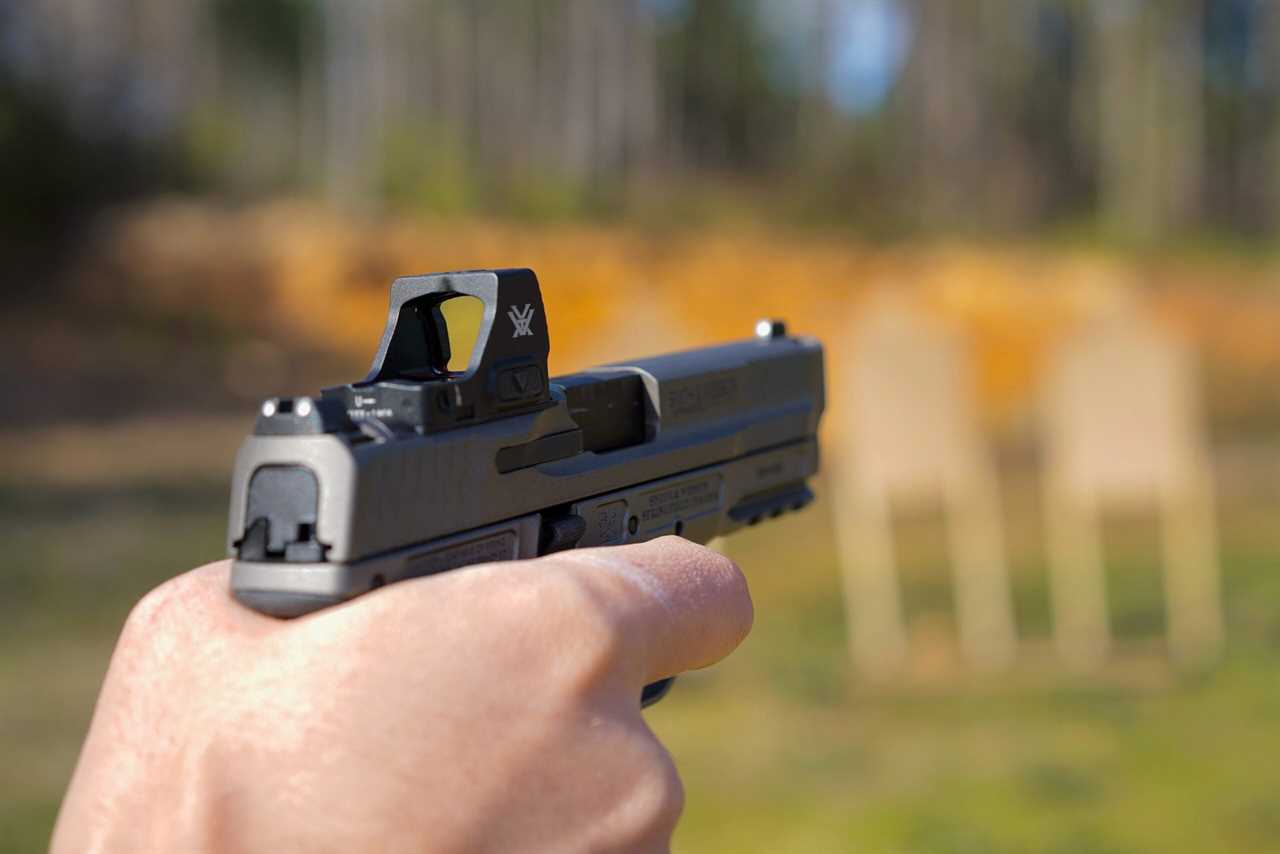
A predictable trigger break is more important than a light trigger. Scott Einsmann
Kim and Jefferies agreed that training is important and that it will trump most equipment advantages, except for a good trigger.
“No matter what type of trigger you’re shooting—double action or single action—I recommend a trigger that breaks predictably,” Kim says. He shoots a stock trigger in his competition guns and doesn’t believe a light trigger or one with less pretravel is an advantage. He says trigger weight and travel are trainable, but an unpredictable break isn’t.
Red Dot vs. Open Sights
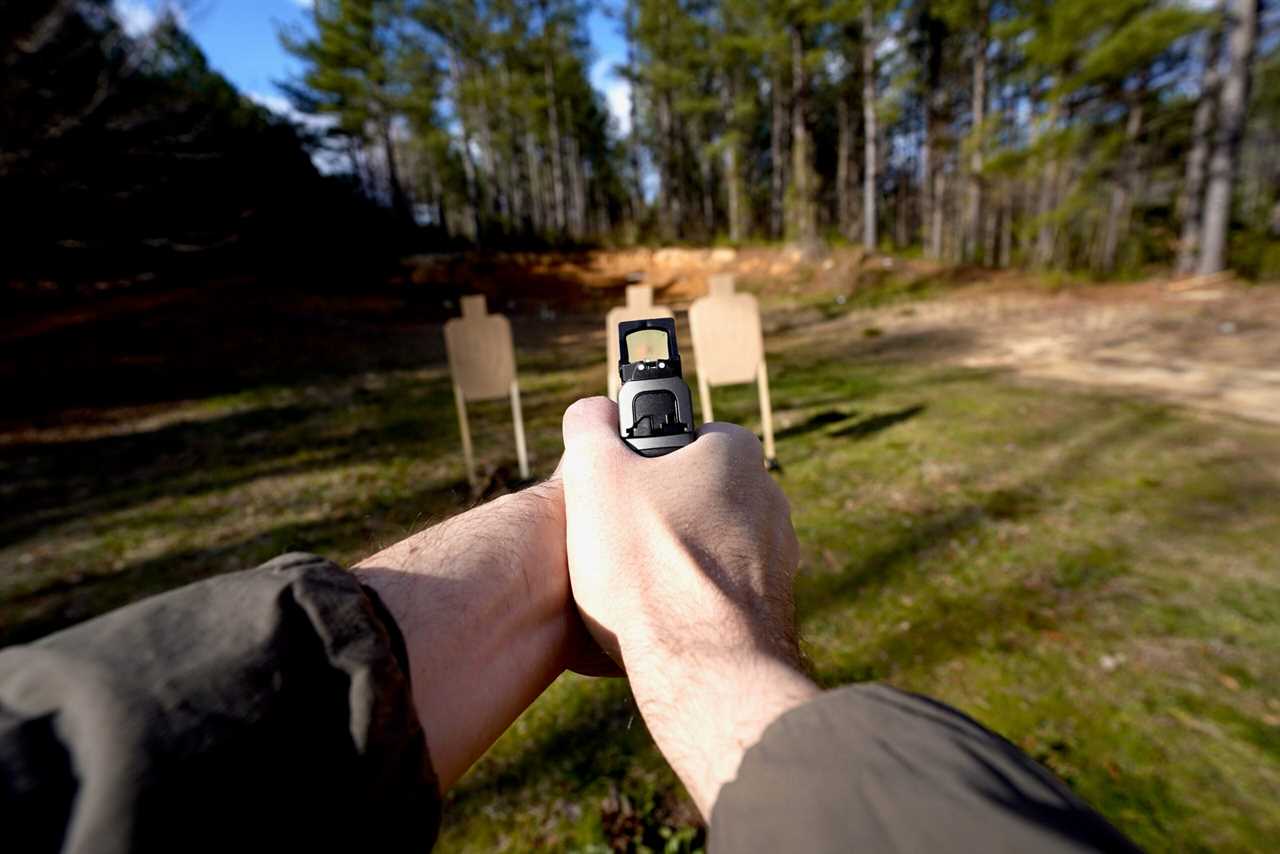
Red dot sights allow for fast and accurate shooting. Scott Einsmann
Red dot sights have exploded in popularity because they’ve become increasingly reliable, and more guns allow easy red dot mounting. Kim and Jefferies say that red dots offer advantages over irons, like more precise aiming.
“For a carry gun my preferred setup is a red dot with co-witness irons,” Kim says. He prioritizes reliability over any other feature when choosing a red dot sight. Jefferies agrees that backup irons are a must for a red dot.
Weapon Light or Handheld Flashlight
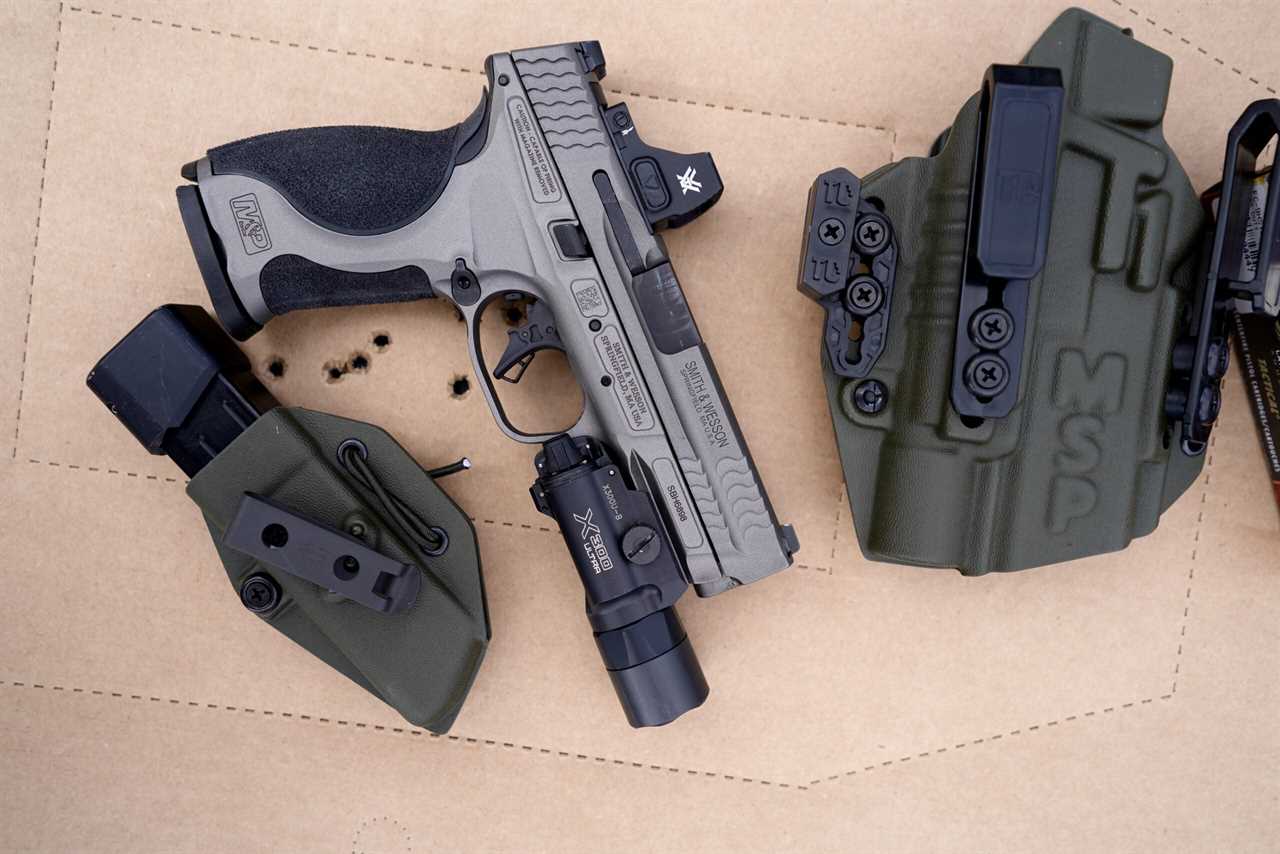
A weapon mounted light can make shooting one-handed easier. Scott Einsmann
According to Jefferies, a light of some kind is critical for concealed carry. “In the context of concealed carry and responding to a threatening situation, you need to be able to identify the threat,” Jefferies says.
You can choose from a handheld flashlight, or one mounted to your gun. Jefferies prefers a handheld light because he can deploy the flashlight without drawing his gun. He also finds that guns with lights are more difficult to carry.
One benefit of a pistol-mounted light is that it adds weight to the front of your gun, which can reduce muzzle rise. “In terms of recoil feel, there’s definitely a difference, especially shooting one-handed,” Kim says.
Carry Position
How you carry your gun is just as personal of a decision as the gun you’re carrying. Jefferies prefers to carry on his strong side, just behind the hip. However, he will vary his carry position depending on different scenarios. “When I’m in shorts and a t-shirt and the strong side is printing too much, I’ll go to appendix,” he says.
He will also carry in an ankle holster occasionally but recommends it as a last option. “An ankle holster is a difficult deployment that takes practice,” Jefferies says.
My Ultimate Concealed Carry Gun
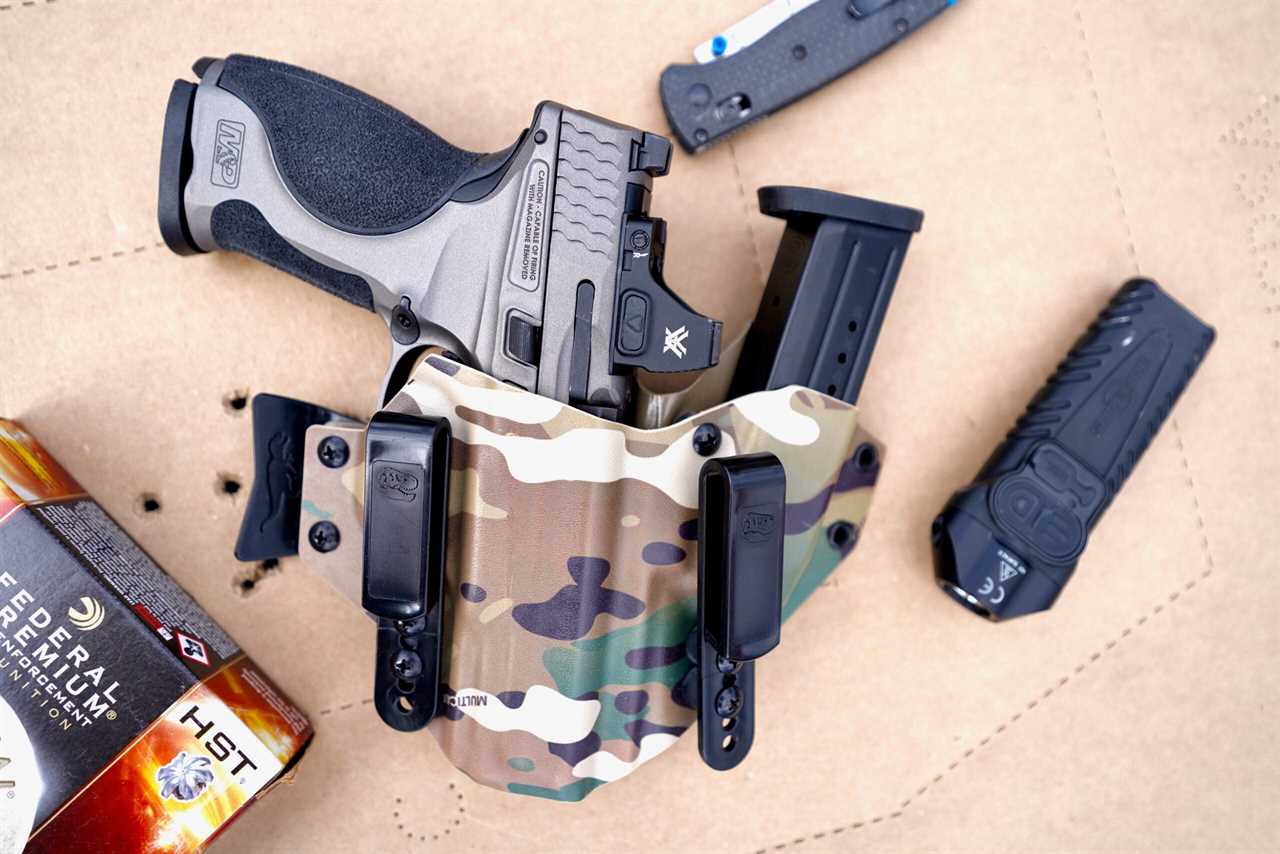
The author’s ultimate concealed carry gun. Scott Einsmann
I weighed all the pros and cons and used the golden nuggets of information from Jefferies and Kim to decide on my next concealed-carry gun.
I chose an M&P 2.0 Metal with a full-size grip and 4.25-inch barrel. I went with a full-length grip because I have large hands–I wear an extra large glove. Many compact frames leave my pinkie hanging off the bottom of the grip, and the circumference is also too small for me to control recoil. I chose the metal frame because of Kim’s recommendation that if you don’t have time to train a lot, a heavier gun will be easier to shoot. I also chose the 4-inch barrel because it’s a good compromise between concealability and accuracy.
I’ve been running a red dot on handguns for a few years now, and I’m very comfortable shooting them. That’s why I mounted the new Vortex Defender CCW to my M&P. I just completed durability testing on the Defender CCW, and I’m confident that it’s reliable for everyday carry.
I took Jefferies’ advice and decided not to mount a light on my gun and carry a Surefire Stiletto Pro instead. It’s much more comfortable to carry my gun without a light attached, and I like the functionality of having a flashlight that I can use for everyday tasks, not just life-threatening ones.
I chose appendix carry for my new gun because I found it’s the best way to conceal the full-size grip, and it was also the most comfortable for me. I use a Kydex holster because Jefferies stressed the importance of a holster that maintains its shape for easy reholstering.
The Upshot
Choosing the gear was fun, but that’s only a small part of the equation. One point that Kim and Jefferies repeated was that training is much more important than gear. That’s why in part two of this series, I’ll be sharing advice from these two experts on how to train with your concealed carry gun.
About the Vortex Defender CCW
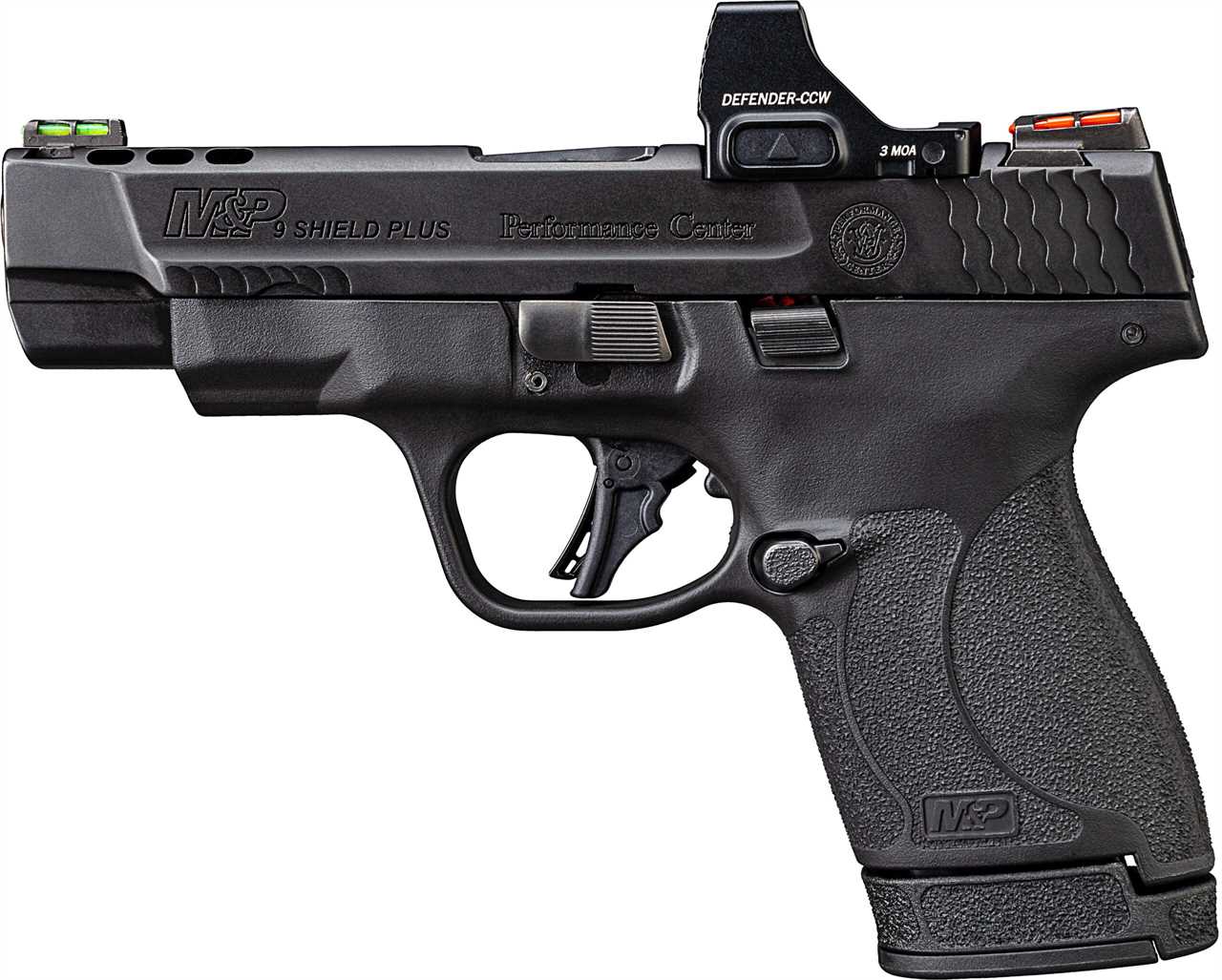
Vortex
Arm yourself with the red dot specifically built for modern everyday carry. The micro-sized Defender-CCW™ delivers maximum concealment, reliability, and the first-shot quickness you need when facing a threat with nowhere to run. The slim profile means no extra bulk or width for a smoother, no-snag draw from under clothes and less chance of printing, so the only one on the street who knows you’re packing is you. Meant for those who prioritize personal protection, the Defender-CCW™ lets you carry more discreetly, defend faster, and more accurately when life is on the line.
The post How to Choose the Ultimate Concealed Carry Gun appeared first on Outdoor Life.
Articles may contain affiliate links which enable us to share in the revenue of any purchases made.
By: Outdoor Life Commerce Team
Title: How to Choose the Ultimate Concealed Carry Gun
Sourced From: www.outdoorlife.com/sponsored-content/how-to-choose-the-ultimate-concealed-carry-gun/
Published Date: Thu, 23 Mar 2023 16:16:05 +0000
----------------------------------------------
Did you miss our previous article...
https://manstuffnews.com/weekend-warriors/the-hog-dogs-of-alabama
 Backyard GrillingWeekend WarriorsAdvice from DadBeard GroomingTV Shows for Guys4x4 Off-Road CarsMens FashionSports NewsAncient Archeology World NewsPrivacy PolicyTerms And Conditions
Backyard GrillingWeekend WarriorsAdvice from DadBeard GroomingTV Shows for Guys4x4 Off-Road CarsMens FashionSports NewsAncient Archeology World NewsPrivacy PolicyTerms And Conditions
